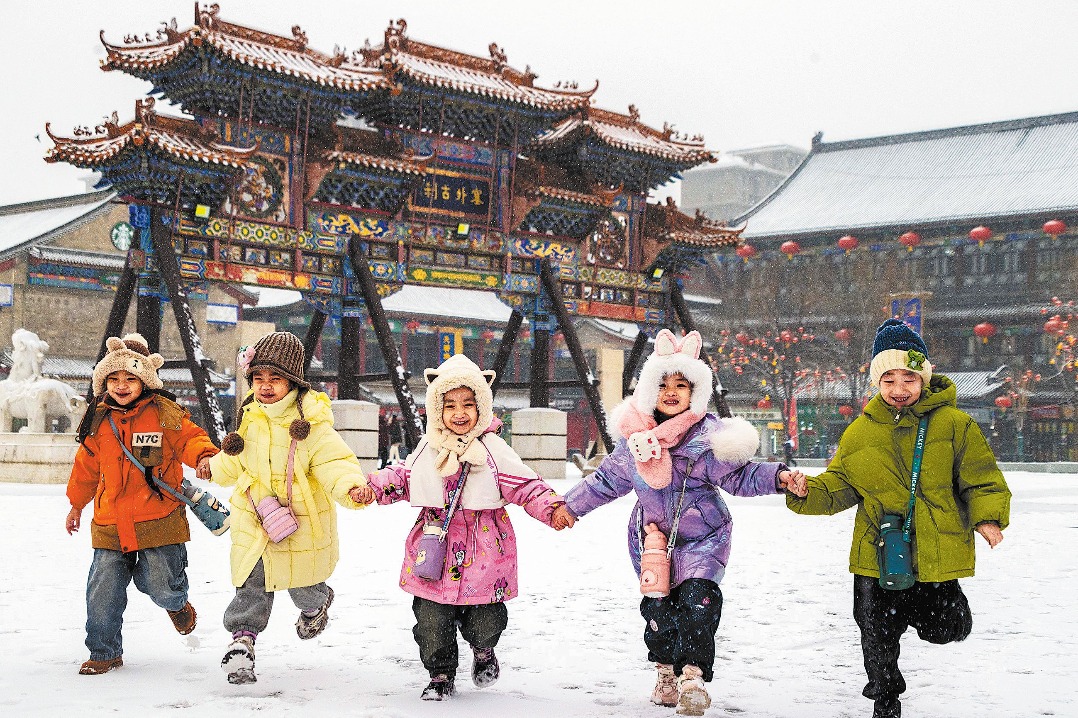Is urban food farming a priority?


Agri-tech activity
Hong Kong does not have a cohesive agricultural technology ecosystem. There are scattered plots of farmland for farmers to access a tiny market share through small-scale production, which deters investment and fails to attract talent.
Agricultural technology such as vertical farming, rooftop farming, aquaculture, and hydroponics, are alternatives to overcome the lack of scalable agricultural farmland.
According to Mathew Pryor, associate professor and head of the Landscape Architecture Division at the University of Hong Kong, about 60 rooftop farms and around 1,500 farmers have emerged in the city from 2008 to 2018. The numbers grow steadily each year, prompted by access to government funding programs.
Farm66 Investment is Hong Kong's first indoor aquaponics farm using multilayer vertical farming for symbiotic aquaponics and an energy-efficient LED light spectrum, to make fresh produce that is free of pesticides and pollutants.
Singapore-based Sustenir Group entered Hong Kong in 2019 with a 25,000-square-feet (2,320-square-meter) controlled-environment agriculture facility in Tuen Mun. The startup's patented farming system calibrates lighting, temperature, humidity, water, nutrients, and air to boost productivity and modify the taste and crunchiness of vegetables. The company leverages its proprietary artificial intelligence and robotic technology to constantly monitor the conditions and track the life cycle of plants.
Growgreen, a homegrown technology startup at the Hong Kong Science Park, manufactures a hydroponic smart grower with planting programs installed for different parameters such as the light spectrum, light intensity, water level, air/water temperature and nutrients, to facilitate the growth of different plants.
This compact greenhouse can grow vegetables 50 percent faster, and save up to 90 percent of water and other energy, while eliminating pollution risk. By cutting unnecessary transportation costs, it also reduces the carbon footprint.
























